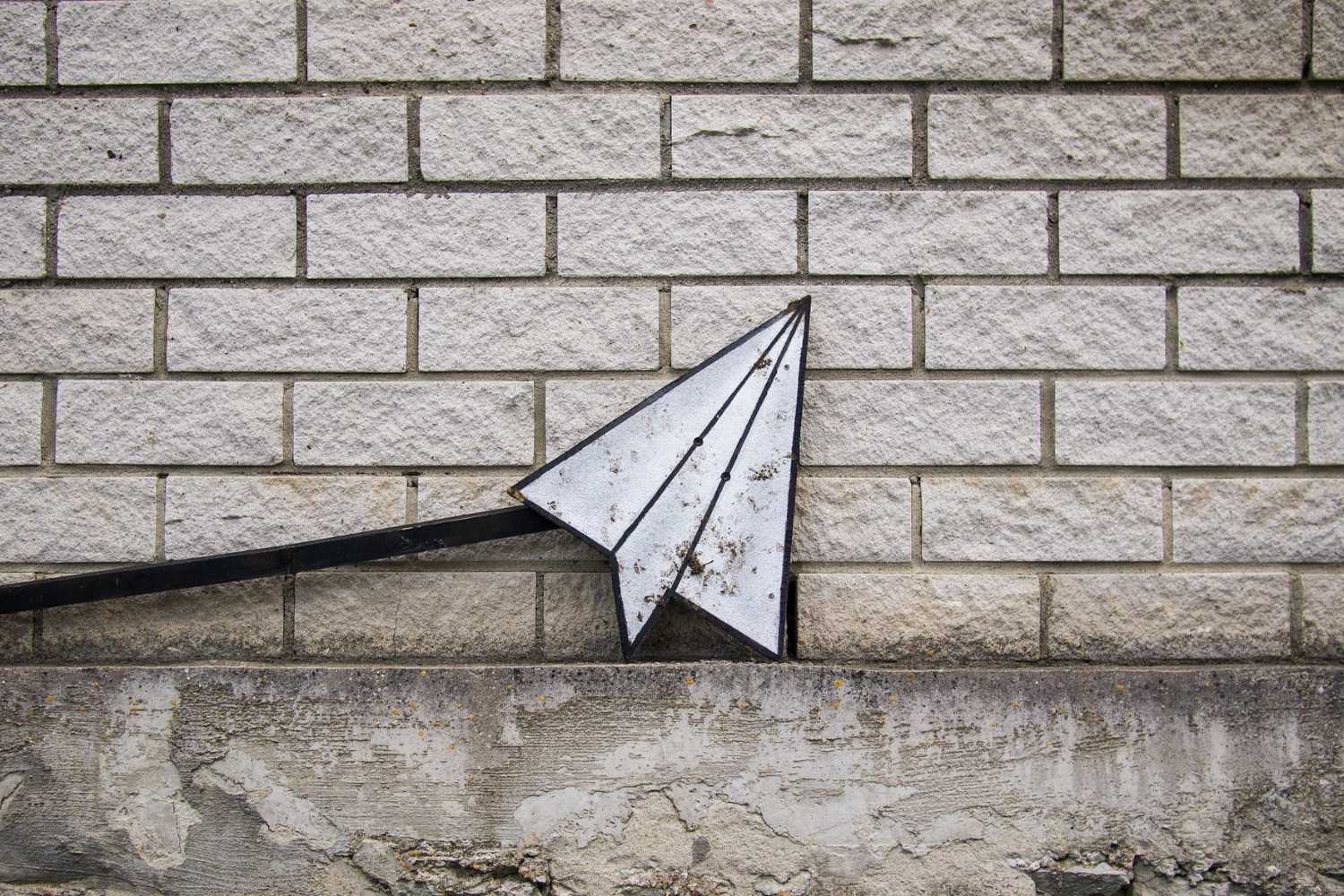How to write a follow-up email: a definitive guide (2022)
Send a follow-up email if you’ve not received a response, don’t think you’ve been rejected.

Augmenting sales is impossible without follow-up emails. According to statistics, only 2% of sales are made from the first point of contact. It means you lose out on 98% of sales if you don’t follow-up.
Unfortunately, salespeople can feel demotivated and give up after the first attempt. They don’t even try to send a simple follow-up email, which doesn’t align well with the fact that most prospective buyers are not willing to buy or invest yet. They need a little bit of coaxing and pondering to make a decision.
Given that customer experience is now more important than ever, crafting interesting and compelling follow-up sales emails is a great way to accentuate the conversion rate of your cold mailing campaigns. You can even shoot out an email after talking to a prospective customer on the phone or at a networking event.
While sales email follow up templates makes it easier to craft emails, you need to know when and what to send. There is very little point in sending a follow-up email at the wrong time. So, here’s a guide to help you send follow-up emails in 2022.
Follow-up email: determine an objective
Before sending a follow-up email, you must identify and determine the end goal of your message. Also, you must know the difference between your motive and objective.
- The motive is why you’re sending an email and why the recipient should want to reply.
- The objective or goal, on the other hand, is what you are pursuing with your email. It might be to schedule a video call, close a sale, etc.
The motive and objective of sending a follow-up email are closely related. When sending an email, keep in mind you are contacting a prospective customer who is human. Therefore, it’s crucial to humanize your email content and make a compelling offer to the recipient.
If you’re sending a cold email to a potential customer, be sure it is personalized.
Are you sending a cold email for the first time? If so, see if you can follow these tips.
- Define the objective of your email clearly and in simple language, without jargon. For instance, you might want to make your SaaS product known, wish to sell your services as an agency, etc.
- The buyer persona of the email recipient must be defined, and you can create a list of five to ten ways to give value to the recipient through your email.
- Write a short email body defining what you want and explaining your intent so that the recipient responds to your email.
- Craft a follow-up email that offers value to the recipient and highlights why they should respond to you.
Send a follow-up email if you’ve not received a response, don’t think you’ve been rejected.
If you’re not convinced a follow-up email is important, here’s some data to make you think otherwise:
- Studies have shown each professional gets up to 120 emails per day. Because they receive so many, it is normal that they may have missed a few, and hence, you didn’t get a response.
- The open rate of your emails can increase by 63% if you send a follow-up.
- The response to your emails can increase by 52% if you send a follow-up.
- Follow-up messages help to close 23% more sales.
Unless recipients are not interested in what you’re offering, the primary reason you may not get a response is that they’ve simply missed your message. It’s best to send a follow-up to catch their attention.
The structure of the follow-up email
There isn’t any single structure of a follow-up that works because every email is unique.
That said, some common points and patterns help increase the response rates. Here are a few:
- The subject line of the email must be catchy, so recipients cannot ignore your email.
- The message must start with a personalized greeting to make the recipient feel special.
- Understand their non-response to your previous email and give them a reason to respond this time.
- Include a clear call-to-action. This could be asking the recipient to click on a link, subscribe to your mailing list, and so on.
When to send a follow-up email?
Now that you know the basic structure of writing a follow-up email and what it should include, the next important step is to think about the right time to send it.
Studies claim that people send 90% of email responses on the same day the first message is received. So, simply put, if the recipient has opened your email and actually intends to reply, they will most likely do it on the same day.
As such, you should not wait too long to send your follow-up. It’s worth noting that there is no perfect timing for this. It really depends on the industry, your target audience, and the time of the year.
Experiment with the waiting times and find out what works best for your niche. However, as a baseline, start by waiting three days to send your first follow-up email. If you don’t get a reply, send two more within a gap of five and seven days.
Wrapping up
Follow-up emails have the power to bring in new business, convert leads, and build strong relationships. They can be an important tool for closing deals. The toughest part is convincing your recipients to open your email and reply to it. Think about ways to make your follow-up emails relevant and valuable for your recipients. By mastering the art of the follow-up, you may see sales soar in 2022.

